
A few weeks prior to the screening of Ribbon, the Film Committee had the privilege of welcoming one of Japan’s most internationally acclaimed creative artists, Min Tanaka, who appeared with director Isshin Inudo to discuss their documentary The Unnameable Dance.
On February 7, we were privileged to welcome Non (née Rena Nonen), 48 years younger than Tanaka but surely destined for her own international acclaim. Not only has she made one of the few Japanese films that addresses the effects of the Covid pandemic straight on with Ribbon, she has demonstrated a prodigious creativity with the film, her debut theatrical feature — writing, directing, editing, starring in and even creating the art for it.
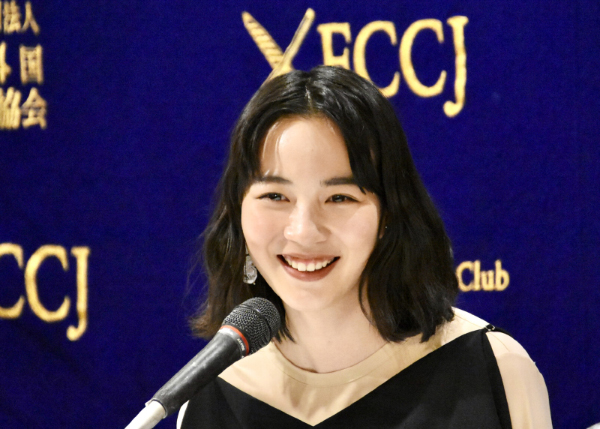
©FCCJ
Non’s film career began just 8 years ago, following her wildly successful turn as the star of NHK’s asadora “Amachan.” She would go on to headline a slew of films, most notably Hold Me Back, winner of the Audience Award and the Governor of Tokyo Award at the 2020 Tokyo International Film Festival. Her move into directing began in 2019, when she created the 10-episode YouTube Original series “I Am Non,” which documented the making of her first web film, Get to the Punchline.
In the exceptionally engaging coming-of-age story Ribbon, Non plays Itsuka, an art student who’s finishing up her graduation project when her college is closed down due to Covid. The graduation exhibition is summarily canceled and students are given just a few hours to either haul home their work (much of it is site-specific and thus not portable) or toss it in the trash. With this shining moment of their youth stolen from them — and with job offers suddenly being revoked, as employers delay hiring amid the pandemic — Itsuka and her best friend Hirai (Rio Yamashita) struggle to hang onto their future promise.

Itsuka leaves school in a dream sequence. ©“Ribbon”Film Partners
Itsuka’s family arrives at her apartment separately and in various states of pandemic panic (her mother wears a homemade pink hazmat suit, her father totes a “social distancing” pole and her germaphobe sister sprays down every conceivable surface with alcohol). As the shutdown continues and time seems to stand still, Itsuka, Hirai and an unlikely ally are gradually able to start turning things around, to reclaim their identities as artists, to find ways forward — to steal their lives back from Covid.
The obvious question is, just how much of Ribbon is thinly veiled autobiography?
Non told the FCCJ audience, “In terms of the similarities between myself and Itsuka, of course I was also self-quarantining and living a very sedentary life at home. It was just days and days of waking up and then sleeping in, waking up and sleeping in, which I’ve included in the film. There was a lot of Itsuka’s frustration and anger that I could empathize with.
“Also, during the pandemic I was supposed to be organizing and hosting a music festival, but after the first wave broke out, we had to call it quits. We had to cancel the festival, and that left me very, very frustrated. In that sense, too, I could really empathize with the [art students] in this story, who had put so much hard work into their graduation projects, but weren’t able to exhibit them.”
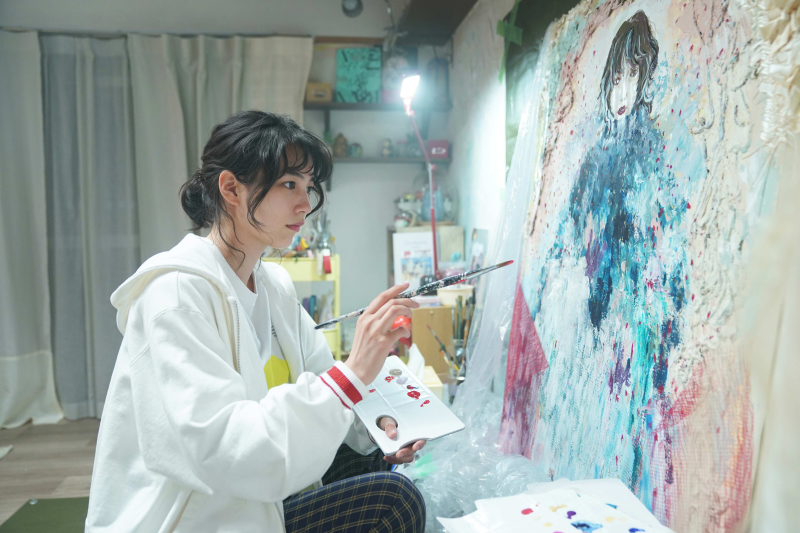
Itsuka paints. ©“Ribbon”Film Partners
One of the characters in Ribbon is an early supporter of Itsuka’s work, but it isn’t until Covid occurs that she realizes just how enduring an impact he’s had on her artistic self-confidence. The director was asked if there was someone like this in her own life.
“Yes, I would say there was one such friend who really supported me like that,” replied Non. “But first, I must mention my cast and the crew, the team that I work with now. They really do support me, they’re my biggest supporters, and I think they’re indispensable to my work. They appreciate the gifts that I have, and they work with me consistently. So I'm very thankful for all of their support.
“Going back a little into my past, I had one friend who was making self-financed films, and I had the chance to do the sound recording on a production. It was a very memorable experience for me. It was this friend who said to me, ‘You should try and write something.’ Back then, I only half-believed that, and I said, ‘I don't know.’ But that remark really did leave an impression on me, and I suppose it continues to do so even now.”
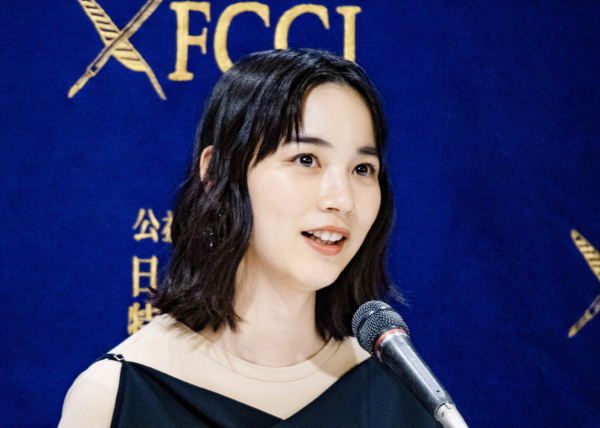
©Koichi Mori
Although she didn’t attend art school herself, the director is known to be a gifted artist. Asked about her training, Non responded, “I’d always loved to draw and I really got into it when I was a high school student. I saw that art school students were always sketching, so I did that myself. I would work on sketches based on artists and painters who inspired me. After high school, I participated in sketching classes at these open campuses, where you could attend even if you weren’t a student at that particular university.
“Also, there was a magazine that featured me working on sketches under the tutelage of Yoshitomo Nara, and he told me at the time that I could be his protégé.” (Nara is a globally renowned contemporary artist, of course, whose signature style, according to Pace Gallery, “celebrates the introspective freedom of the imagination and the individual.” It’s not surprising that Non would look very pleased indeed as she related this anecdote.)
A film historian mentioned that the Ribbon poster evoked Shunji Iwai’s work, especially Undo, which is about knots being tied in strings and also has a single-word English title. “Then I came here,” he said, “and the film starts with this pale color scheme, and this atmospheric quality in the photography, and suddenly, there's Shunji Iwai himself (in a cameo as an at professor). How much are you indebted to him, in terms of the visual conception of your movie?”
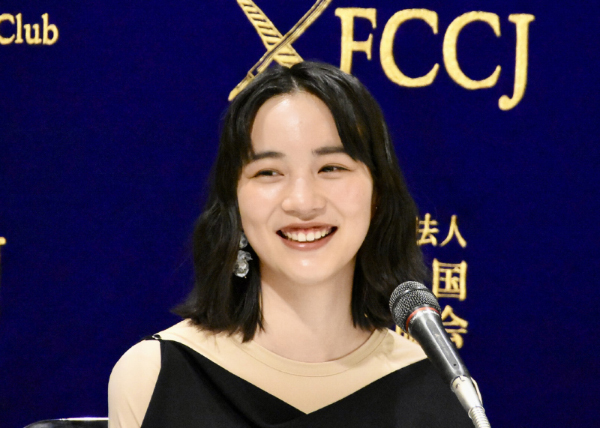
©FCCJ
Non smiled. “Indeed, I am a huge fan of Mr. Iwai’s films, going all the way back to his earlier works like Hannah and Alice. I like the way that he depicts girls who are not necessarily quote-unquote good girls. They have their faults and they fall into these certain situations where their undoing, let's call it, is because of these faults.
“For this film, I had a visual image of a girl with all these ribbons on her. And it does fit the visual style that you see in Mr. Iwai’s work. As I started to write the script, I started to really take a closer look at his films. I hadn’t seen Undo until then, but when I saw it, the way that he had all of these strings in the room gave a very eerie feel to it. It was really beautiful to me. And I suppose that what you see in Ribbon is inspired by that.”
Noting that the use of ribbons in the film was quite striking and that their metaphorical expression of emotion wasn’t overt, a critic asked Non about her decision to use them, and her collaboration with the computer graphics artists who animated them.
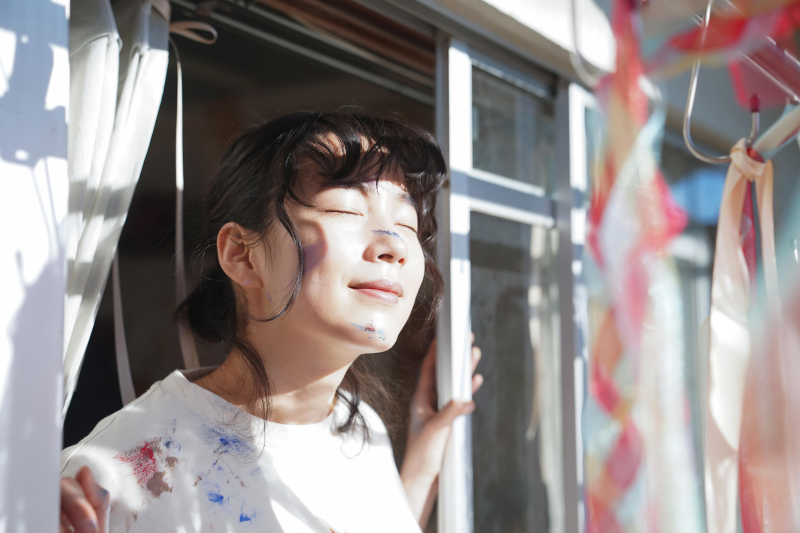
Itsuka breathes fresh air after holing up in her room. ©“Ribbon”Film Partners
Responded the director, “I've always loved using ribbons as an artistic motif, and all of the art pieces I created in 2021 had a ribbon motif. In the film, you see them personifying things they’re not usually associated with, like anxieties, fears, anger, aggravation, frustration. I wanted to try to juxtapose these cute ribbons with [dark] emotions to allow the audience to see them from a different perspective.
“I’m a big fan of Aquirax Uno, who makes sketches of women with very [Asian] eyes, kind of glancing at us sideways. There's something terribly erotic about how he depicts these women, yet they’re wearing ribbons at the same time. So his drawings have this sense of power that comes from clashing concepts like sharpness and cutesiness. And that's what I wanted to attempt in this film.”
As for working with her collaborators, she explained, “When I was talking to my crew, I communicated in a very visual style. I would share visual references or draw sketches for them. Sometimes I would bring in a picture or a painting and stick ribbons to it, to show them the color palette I wanted or how I wanted the scene to look.
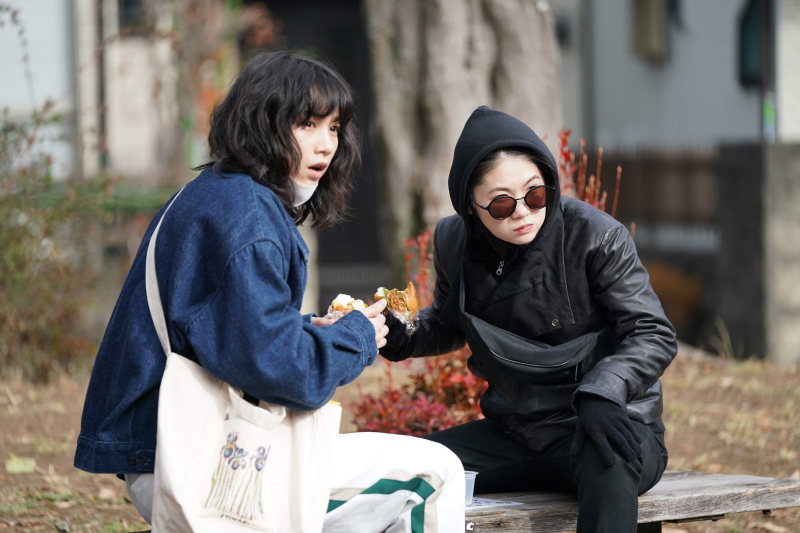
Itsuka and her sister respond to a potential stalker. ©“Ribbon”Film Partners
“The ribbons were included in the script itself, of course, and I wrote about how fantastical I wanted those elements to be. For example, I indicated the lighting changes or the scenery changes when the ribbons appear. What I most wanted to communicate was this sense that something wasn’t quite right with everyday life.”
(Although she didn’t mention it, her special effects team was led by Shin Godzilla director and SFX wizard Shinji Higuchi.)
Another film critic asked about a scene in which there seem to be literally thousands of actual, not computer-generated ribbons, and the listing of numerous “ribbon supporters” in the end credits.
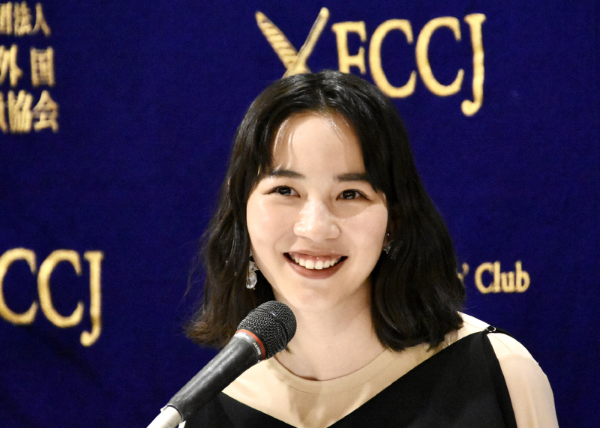
©FCCJ
Replied Non, “I put out a call to my fans to help me tie ribbons for the production, and that's how we got all these people to help out with the project. You can see their work especially in the final scene, where all the ribbons are tied together.”
Toward the end of the session, longtime FCCJ member Norman Tolman raised his hand. After congratulating Non for her “wonderful movie,” he said: “I have a gallery in Tokyo and I’ll be celebrating my 50th anniversary this year. Would you like to come and have an exhibition? You could bring all your ribbons. I'll make you the ribbon queen of Japan.”
To appreciative laughter, and assurances that he wasn’t joking, the artist responded, “It would be wonderful if we could make that happen. Thank you very much for the proposal.”
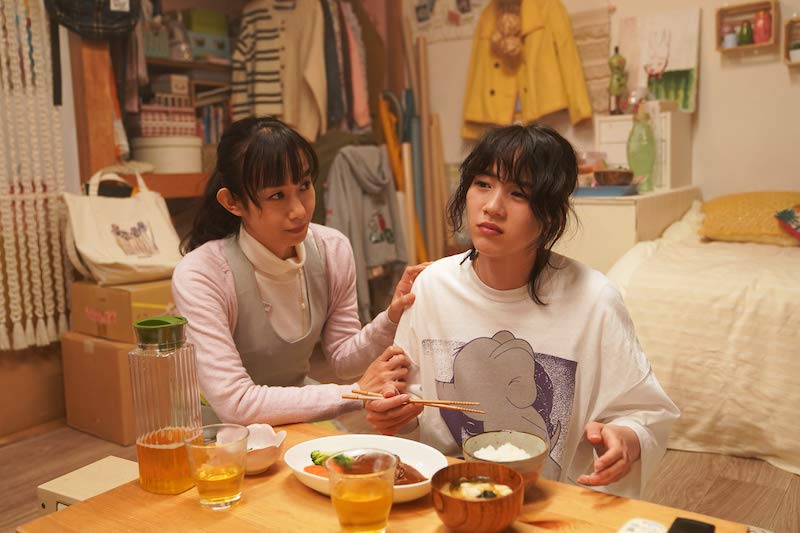
Itsuka and her mother don't see eye to eye. ©“Ribbon”Film Partners
She then asked if she might make some closing remarks. “What you see unfolding in this film is unfolding everywhere in the world, not just with university students,” she said. “And the situation hasn’t been contained yet. So the frustration, the anger that you see in the film is really inside each and every one of us. When we hear about Covid-19 in the news, all we hear is the number of infections and fatalities, and how difficult it is for medical workers to keep up.
“In comparison to medical workers, or to someone who’s dealing with a life-and-death situation, our grievances might not seem as important, so we suppress them. Yet we have to live this life where the rules have completely changed, and we don't know when this is going to end. I think the ribbons are screaming out our frustration on our behalf, and I hope the film will bring some sense of relief or release to all those who see it.”
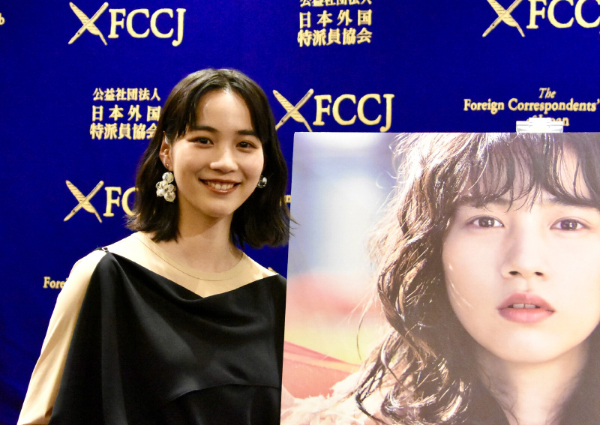
©FCCJ
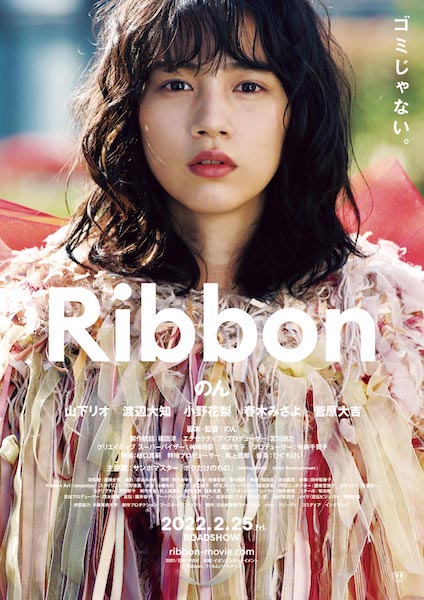
©“Ribbon”Film Partners

